By now, my review of the Gen 1 NOD (night observation device) from OPMD should have posted. And while the Gen 1 offers some nice features, the real reason they sent me the device was so I could have a point of comparison for how awesome their PVS-14 NOD really is. And I can now say, without a doubt, that I’m in love.
There are many differences between the Gen 1 scope and this PVS-14, starting with the power source. The Gen 1 scope uses a CR123A battery, but the PVS-14 uses one AA battery just like the military issue version. Nevertheless, I’ve been using this NOD for about three months and haven’t needed to replace the batteries once. And even if I did need to, replacing the battery is a snap and extremely cheap to do.
Just like with the Gen 1, the cover on the PVS-14 has a hole in the center for daylight use. It’s not recommended for long periods, but if you really feel the need to try your scope in the daylight it’s possible. I wouldn’t recommend removing that cap, though. The objective lens cap isn’t really held in place by anything, although there’s a loop for a lanyard if you are so inclined to use one. The battery cover, on the other hand, is secured to the side of the device so you don’t lose it in the dark if you need to change the batteries at midnight. There’s also an infrared illuminator that can be turned on to light up the surrounding area, but you won’t really need it unless you’re indoors.
The controls for the device are on a stalk at the back of the unit, clearly labeled and designed such that you can feel your way around the controls. The eyepiece can also be fine tuned for your specific eyesight, and there’s even a chart printed on the outside of the ring to give you an idea where it needs to be set based on your prescription.
The PVS-14 shipped to me with two mounting options, either a headband mount for hands-free night vision or a weapon mount to put it in-line with a red dot of some sort. Since I didn’t have a high speed low drag optic with a NOD setting, I opted to use the headband for a nighttime hunting excursion. And man, was it awesome.
In the field, the PVS-14 really can’t be beat. Not only does it provide enough light intensification to make midnight seem like noon, but the resolution that this thing gives you is incredible. Remember how the Gen 1’s picture looked? That was with a high ISO setting and a slow shutter. This one snapped like it was daylight.
I still can’t get over how dazzlingly bright and clear that picture is. The ability to see individual blades of grass means that you can actually use this for hunting without any supplemental light source, infrared or otherwise. It’s perfect for those with hog problems or hunting exotics that only seem to come out at night.
The only downside is that you pay for the quality. While the Gen 1 device was around $280, the PVS-14 clocks in at a hefty $2,895. It’s about 10 times the price, but in my opinion you also get 10 times the clarity and usability — and it’s a bargain when you consider that comparable products cost well over $3,000. It’s not something that the casual hunter would buy and throw in their bag, but for serious hog hunters who need that edge in the middle of the night accept no substitutes.
OPMOD PVS-14 Autogated Gen III Night Vision Scope
MSRP: $2,895.00
Overall Rating: * * * * *
I’d love to see this kind of quality at a lower price point, but you get what you pay for.

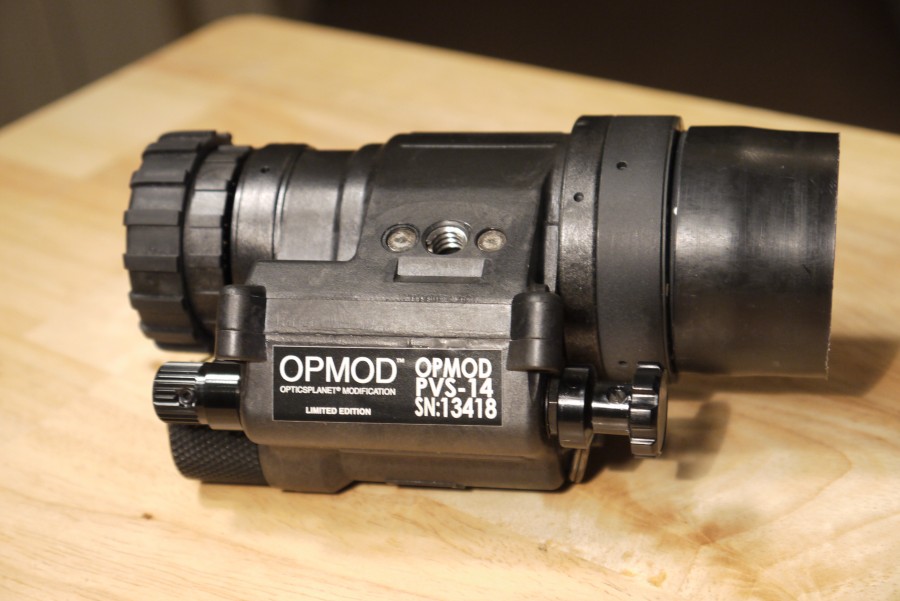
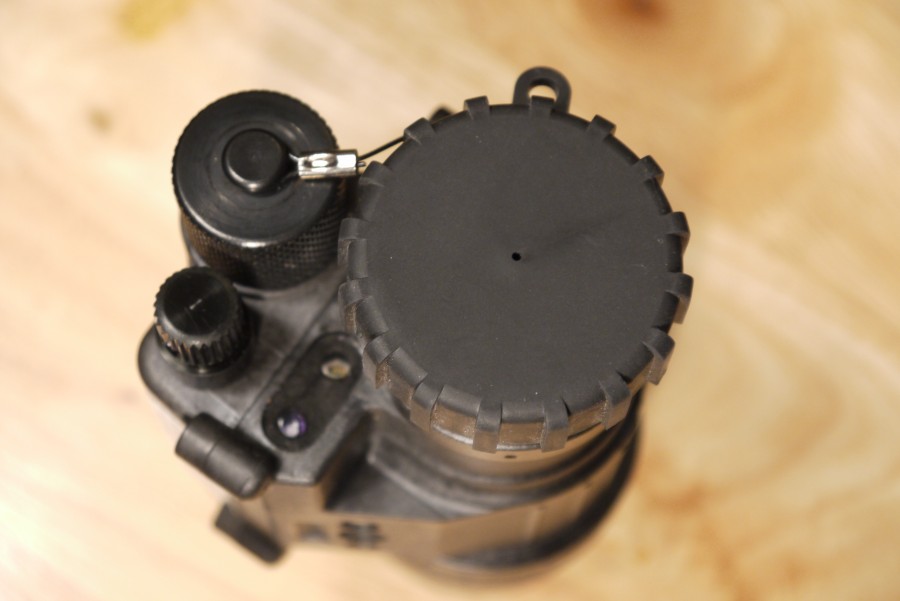
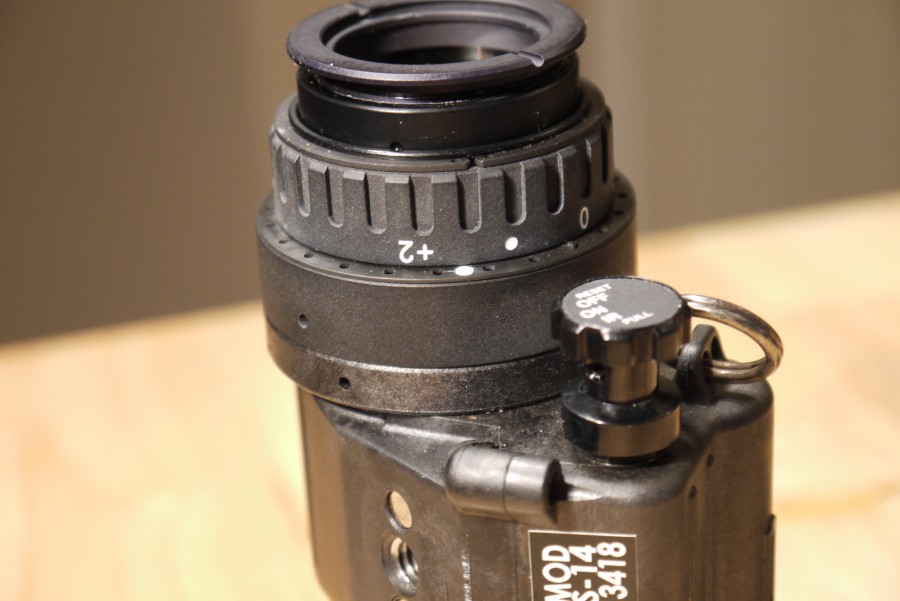
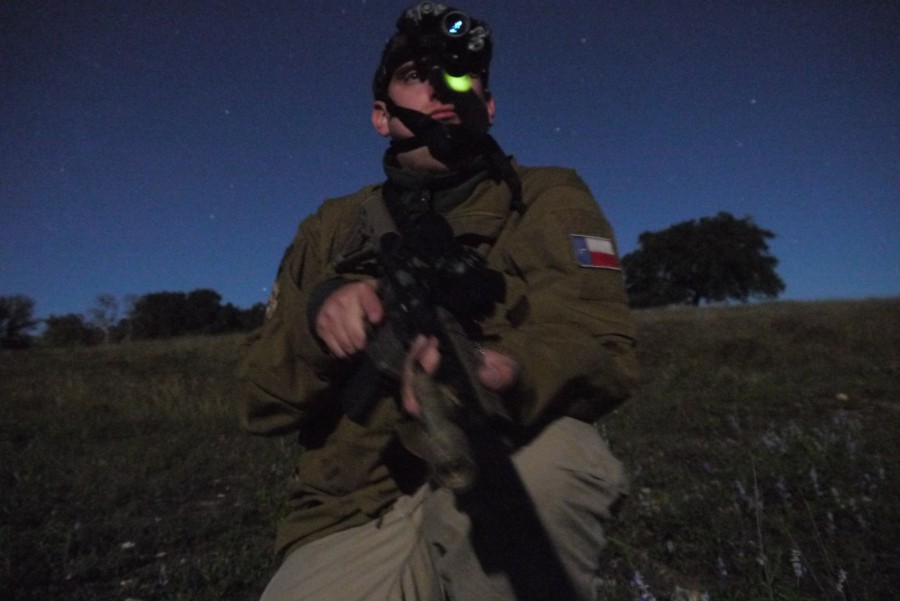
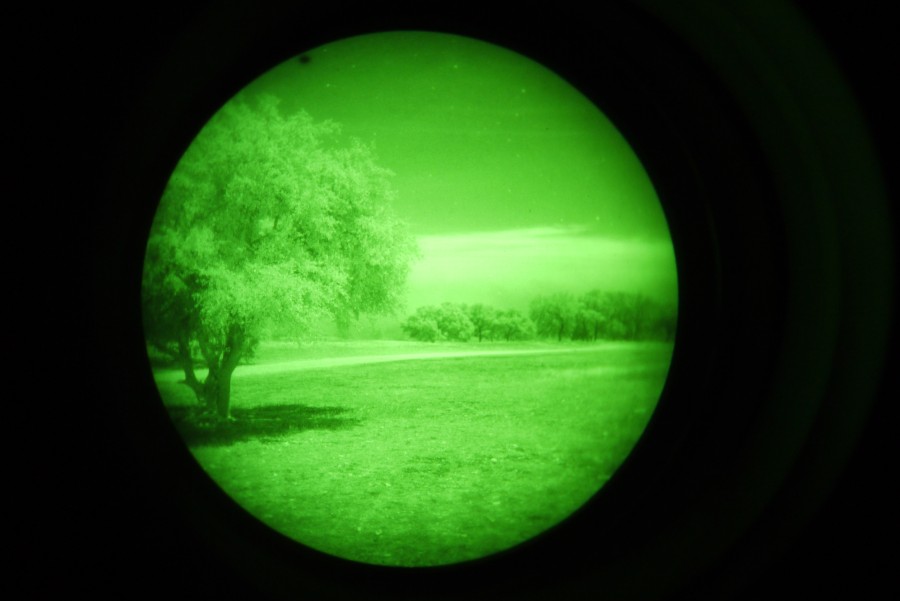
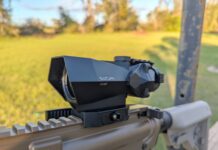


They are pretty cool. Must have been a full moon for that pic. What I remember even on a starlit night it wasn’t that bright.
Is this one of those that can double as a rifle sight?
A PVS-14 by itself is no good as a rifle sight/optic. It can be used in conjunction with with optics like EOTechs or Aimpoints that have an IR setting. A good IR laser also helps.
Even though this is not your exact question, any NVG device combined with a red or near visible IR laser may be used to put the laser onto the target.
God, but I want that scope… I cannot imagine doing much with it. Maybe skulking around my neighborhood and scaring the odd tomcat. NVG definitely falls into the “just because” category. Sigh. One day, when my kids are done with college. Sigh.
“..you get what you pay for…”
If that were true, we’d have good government…..
+1!
Dear Santa,
I’ll believe in you if……
I hate how gen 3 and 3+ monoculars, which were developed in the 1970’s…. That’s right 1970’s technology like an old cathode and phosphor TV cost $3k. I can get a 50″ 4k resolution quad HD TV for less than $700, and those are low volume items too because there is no content for them!
For that price I want a sensitive high res thermal monocular for the other eye as a bonus…
NV is cool as heck, but you are still better off with a high powered red scope light and a good quality scope for hunting.
I have this same OPMOD, and got one with very high specs and zero blemishes — small black spots that appear on some NV tubes, but are irrelevant to performance and aren’t really seen unless you look for them. Nick has one on his tube at the 11-o’clock position at the very edge of the image circle. Each and every image intensifier tube (IIT) is different — yes, every single one. They’re a little like “fingerprints” in that regard. OPMODs can come with blemishes and specs that fall into the “average” category. I know some of the guys at OP (the “OP” in OPMOD), and got a semi-cherry picked unit. Only the “halo” score keeps it from Omni VII spec. Every other spec is above VII.
Anyway, with the image above, it was clearly a cloud-free, nearly full moon night (notice the hard shadow under the tree?). You would have been able to see quite a bit with the naked eye that evening even without night vision (you can read by a full moon!), but a PVS-14 in that lighting would have been in “highlight” mode, meaning it could have been even brighter.
Where “Pinnacle” (high-end Gen 3 in the OPMOD) really shines is during moon-less nights under cloud cover or just plain star light. In open fields you can see for hundreds of yards, where your best-adjusted naked-eye vision might be able to see a figure at 50 yards, if you’re lucky. NVS is known as a force multiplier, which is why our armed forces truly do “own the night.” It’s also why it is strictly illegal to export anything to do with NVS or thermal imaging — even the mounts and helmets.
Also, one interesting fact, federal ITAR laws make it illegal for a non-US citizen to even LOOK THROUGH any night vision or thermal imaging device, believe it or not!
Comments are closed.